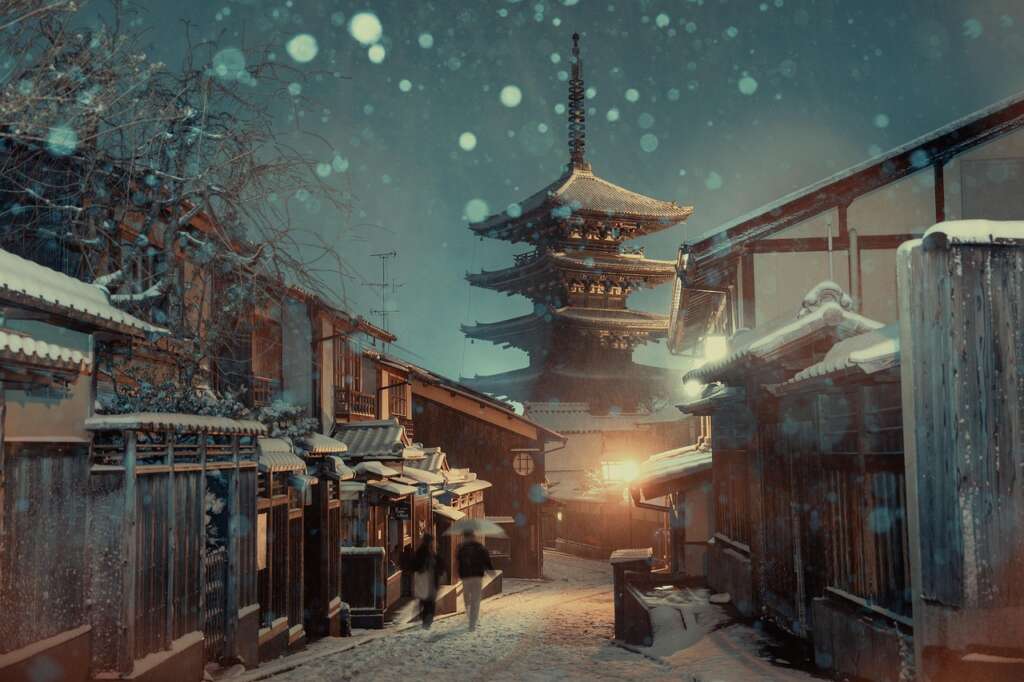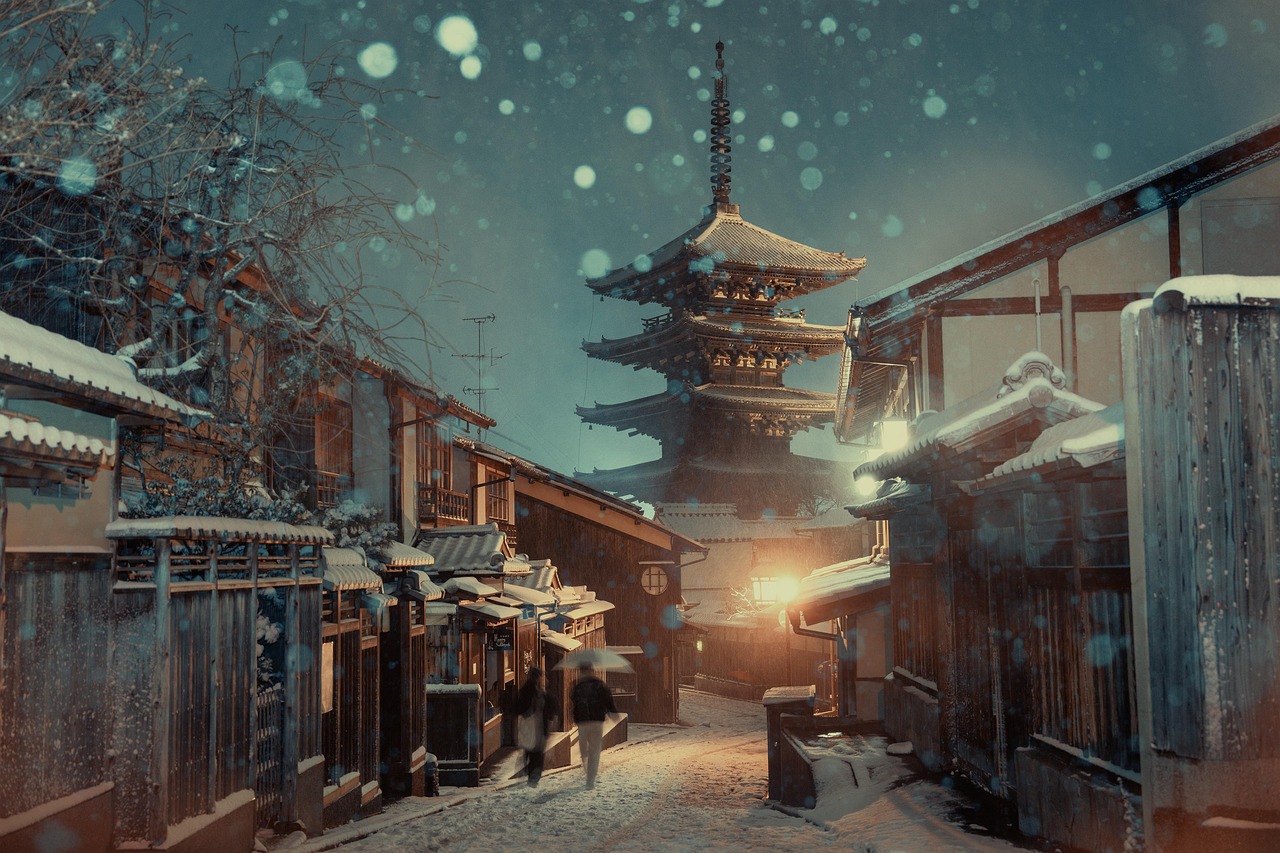A Newcomer’s Guide to Surviving a Japanese Winter
Many parts of Japan get surprisingly cold in winter. If you’re moving from a warmer climate, you’ll need to adapt to the new environment. This guide offers practical tips for surviving, and even enjoying, a Japanese winter.
While the coldest town, Rikubetsu in Hokkaido, can average -11°C (11°F) in January, even central and southern regions can experience freezing temperatures. For those unaccustomed to the cold, this can be a shock.
Here’s how to stay warm and comfortable.
1. Master Your Heating
If you’ve ever wondered why people in Japan huddle around a single heater instead of cranking up central heating, it’s because most homes don’t have it! Japanese winters are unique: buildings are often lightly insulated, the air is dry, and people embrace cozy traditions like huddling under a kotatsu to stay warm.
Your heater will become your best friend. In Japan, many apartments rely on the heating function of their air conditioning (AC) unit. A key strategy is to use the timer function. Set your heater to turn on about 30 minutes before you wake up to make getting out of bed much easier.
Some people use portable kerosene heaters, but it is essential to check your apartment rules before using one, as they are not permitted in all buildings. Smaller electric heaters are also great for warming up a specific spot, like a desk area or bathroom. If you have space, consider a small kotatsu table; it’s perfect for staying cozy while reading or eating. Pro tip: napping under a warm kotatsu is one of the best parts of winter in Japan.
2. Insulate Your Windows
Older Japanese buildings, in particular, can be drafty. To keep the heat in, use window insulation supplies sold at drugstores and home centers. These range from plastic sheets and special tape to bubble wrap that you affix to the glass. This adds an extra layer of insulation between your room and the cold outside. You can also find draft stoppers for doors and windows, which are common in 100 yen shops and can help block cold air from entering your apartment.

3. Layer Up
When going outside, layering is essential. Wear thermal innerwear (often sold at stores like UNIQLO) as a base layer between your skin and your outer coat. A knit cap, gloves, and a scarf are crucial, especially when waiting for a bus or train.
Don’t forget kairo (chemical hand warmers). These inexpensive, single-use packets can be put in pockets or stuck inside clothing to provide hours of heat.
Japanese apartments tend to be cooler indoors than you might expect. Wearing a light sweater and warm slippers indoors can help you adjust to cooler indoor temperatures as well.
4. Eat and Drink for Warmth
A popular way to beat the cold is to enjoy seasonal foods. Nabe (hot pot) is the quintessential Japanese winter dish, perfect for a cold night. Mikan (mandarin oranges) are a winter staple and a great source of Vitamin C to help ward off colds. You might also want to dig into seasonal favorites like oden, nikujaga, or warm amazake (a sweet fermented rice drink).
It’s also important to stay hydrated with hot drinks like tea or hot water. The low humidity in winter can dehydrate you just as quickly as summer heat. Investing in a humidifier can also help with dry air and staying healthy. You can find low-tech solutions in the form of diffusers that rely on evaporation or inexpensive electric options as well.
Keeping warm during a Japanese winter isn’t difficult, but it does require preparation. With the right layers, a warm room, and some hot nabe, you might just find yourself falling in love with Japan’s winter.

